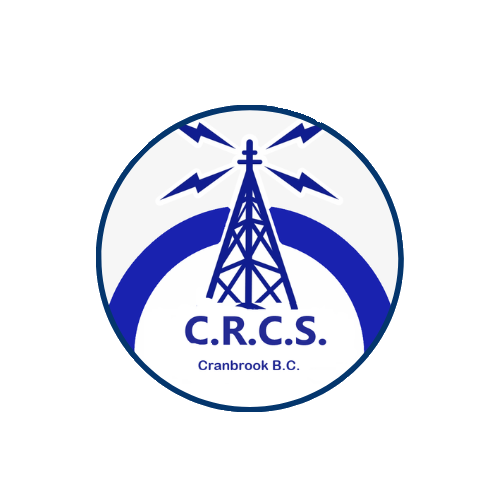Today, we unravel the mysteries of “SDR Radios” – a transformative technology shaping the future of radio communication. Join us in this comprehensive guide as we delve into the intricacies of SDR radios and demystify their workings.
Understanding the brain behind SDR radios is fundamental to grasping the transformative capabilities of this technology. The Software-Defined Processing Unit is not merely a component; it’s the orchestrator of a dynamic symphony of algorithms, allowing operators to navigate the radio spectrum with unprecedented flexibility. At CRCS, our mission is to empower operators with in-depth insights into the technology that drives SDR radios, ensuring that you harness the full potential of these advanced communication devices.
The transformative potential of SDR radios in reshaping the landscape of radio communication. From understanding the fundamental components to exploring the vast applications, our guide aims to empower operators with the knowledge to embrace and harness the capabilities of SDR radios. Join us in unlocking the spectrum and ushering in a new era of radio exploration with SDR technology.
Demystifying Signal Processing
Signal processing in SDR radios involves the intricate manipulation of radio frequency (RF) signals using digital techniques. Unlike traditional radios with fixed hardware components, SDR radios leverage their software-defined nature to adapt and interpret signals dynamically. The software algorithms within SDR radios act as the conductors of this digital orchestra, transforming raw RF signals into meaningful data that can be understood and utilized by operators.
Understanding how SDR radios use software algorithms is pivotal to grasping the versatility inherent in this technology. These algorithms play a multifaceted role, allowing SDR radios to decode various modulation schemes, filter out unwanted interference, and adapt to changes in the radio environment. The result is a level of flexibility that traditional radios struggle to match, as SDR radios can seamlessly switch between different modes and frequencies with a simple software adjustment.
Moreover, the beauty of SDR technology lies in its adaptability and upgradability. SDR radios enable operators to modify and upgrade functionalities through regular software updates. This means that as new signal processing techniques and algorithms emerge, operators can enhance their radios without the need for hardware modifications. This continuous evolution ensures that SDR radios remain at the forefront of technological advancements, providing operators with cutting-edge capabilities and keeping their equipment relevant in the ever-changing landscape of radio communication.
In essence, the demystification of signal processing in SDR radios is an invitation to appreciate the complexity and versatility inherent in these devices. By understanding how software algorithms navigate the intricate world of signals, operators gain not only a profound insight into the inner workings of SDR radios but also the power to shape and optimize their radio communication experience through ongoing software advancements.
Dynamic Frequency Range
Unraveling the Components: Inside the SDR Radio
The Heart of SDR: ADC and DAC
Analog-to-Digital Converters (ADC)
Digital-to-Analog Converters (DAC)
Facilitating Analog-to-Digital and Digital-to-Analog Transformation
Software-Defined Processing Unit
The Brain Behind SDR: Software-Defined Processing Unit
Execution of Complex Algorithms:
Real-Time Signal Decoding:
Modulation Adjustments Based on User Preferences:
Today, we unravel the mysteries of “SDR Radios” – a transformative technology shaping the future of radio communication. Join us in this comprehensive guide as we delve into the intricacies of SDR radios and demystify their workings.




